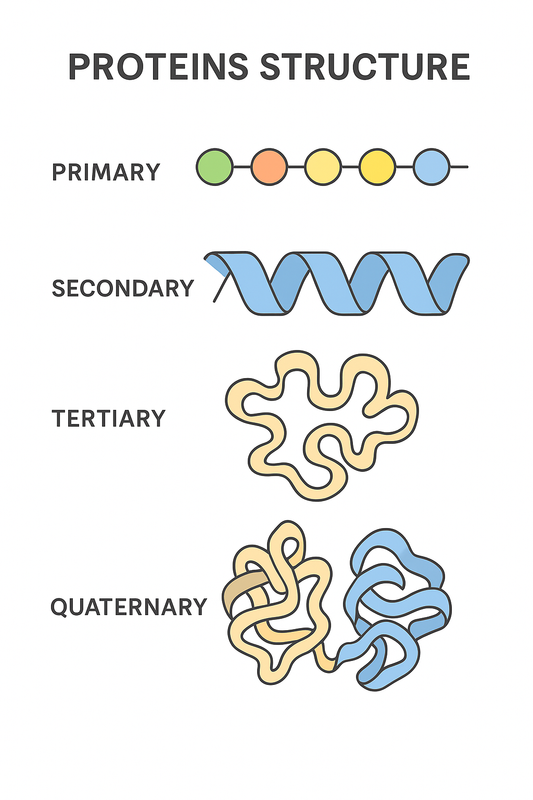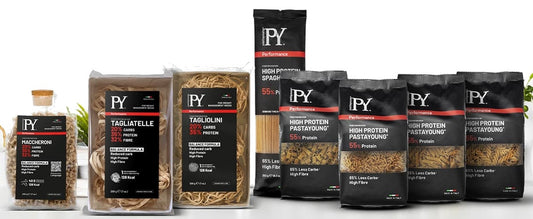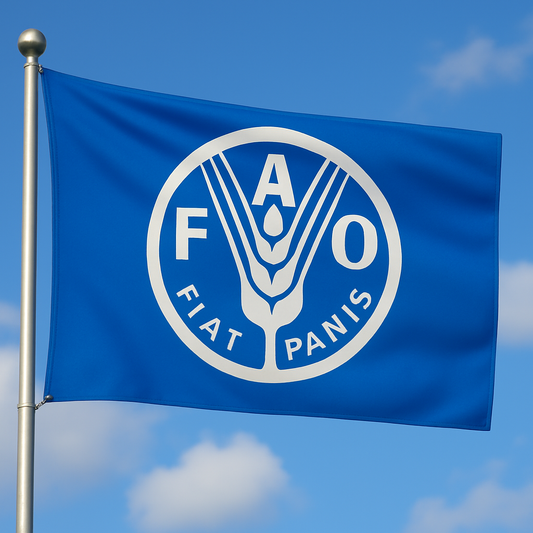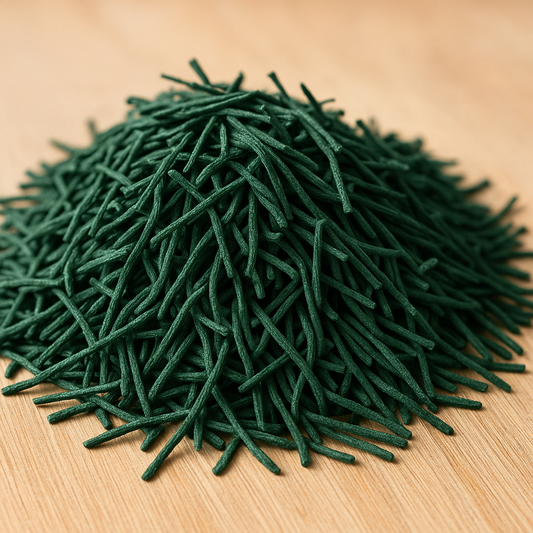
Yes, we ate insects in Europe!
Share
ARE EDIBLE INSECTS PART OF EUROPEAN CULTURE?
Yes, we already explained why we stopped eating insects in Europe. and yes, in order to do so we even bothered Aristotle; not for a cultured quotation of “unmoved mover”, but to explain how the Greek philosopher used to snack regularly on cicadas. (still) today, we would like to delve further into the topic, because despite the undeniable process of distancing from this practice, entomophagy has survived on a smaller scale in different European cultures for pretty much throughout history.

We now list some honorable mentions, reminding us that insects are indeed the food of the past as well: if our ancestors were able to enjoy them, is there any reason why we should struggle to do so, with the scientific knowledge and open-mindedness of our age?
FROM PATRICIAN ROMAN BANQUETS TO THE GOSPEL
We already told you about Cossus, the delicious larvae-based dism that in ancient Rome was considered a delicacy worth of the most patrician and sumptuous banquet.
The historical account is from Pliny the Elder: it seems that roughly around 30 b.C., it was not unusual to find this dish on the tables of the wealthiest romans. It resembled a sort of cous-cous, topped with leopards moth larvae a very common lepidopter at most latitudes. When the roman empire became catholic, roughly 3 centuries later, the faithful could hear these verses being preached during the sunday sermon: The divine words are fairly clear: in leviticus, the people of Israel are permitted the meat of all the insects belonging to the cricket family, grasshoppers included.
In the gospel of Matthew (3:4) it is actually the apostle himself that likes to remind us how John the Baptist fed on locusts and wild honey. We explained how the middle ages and then the great geographical discoveries marked changing times, distancing the “old country” from the incredible alimentary resource that are bugs.

Popular beliefs tied to demonic influences being involved in produce infestation, as well the clashing with entomophagic cultures considered barbarous and prehistoric, undoubtedly contributed to create the reputation of insects being a source of food unfit for civilized society.
Nevertheless, in the 15 centuries of history that separate us from the ancient times, insects have continued to be a part of the European diet. The frequent famines that hit the continent up until the modern age have had those who experienced them provide for food in any way they could, making them re-evaluate insects as food. In addition, entomophagy has for long substituted or aided the rudimentary pharmacy practices of the times.
INSECTS AT THE DINING TABLE: FROM COCKCHAFER SOUP TO SILK MOTH LARVAE SOUP
Let’s explore now some particularly relevant examples.
In all of central and southern europe cockchafers have been consumed as a prized ingredient, stewed for hours in soup, this recipe was popular in France and Germany. Cockchafer soup is born as a poor dish: it calls for either veal or chicken stock, sliced liver and a handful of cockchafers per portion, previously removed of wings and legs and fried in butter. In northern Italy, it seems that at least up until the XVI century, silk moth larvae weren’t just employed in the flourishing silk industry; they also fed exhausted peasants after intense working days, who fried the bugs in butter or olive oil. The naturalist Ulisse Aldourandi noticed how the Germans crossing the alps were positively enthralled with the local delicacy.
How the taste of tourists changes!
Moving towards the eastern part of europe we find the tatars of Crimea: living between Russia and Ukraine was apparently known for grilling locusts and grasshoppers and generally considering insects and integral part of their diet traces of modern entomophagy are found in Greece, in today’s Crete, where the islanders eat the juicy protuberance that are formed by the plants after an insect bite or sting, which develop a sweet and slightly sour taste.
THERAPEUTIC INSECTS AND THEIR USE IN THE DAIRY INDUSTRY
There are accounts of insects being consumed for reasons other than strictly alimentary.
Sources report that throughout its history bugs have been eaten for their beneficial properties throughout the middle ages and modern age, for example, the spanish fly has been considered a powerful aphrodisiac. In Sweden the red wood ant was used to extract formic acid, for disinfectant and antibacterial uses. The ant spirit was so renown that it even appeared in a poem by the poet Carl Mikael Bellman, and it apparently was distilled up until the XX century; another use for insects found in Europe is as an aging agent in dairy production. The example that comes first to mind is the sardinian casu marzu. A (officially prohibited) cheese whose flesh is eaten and digested by Piophila Casey larvae. It can be consumed before or after the larvae are removed from the wheel of cheese related to the casu marzu there is the german milblenkase (literally mite cheese) or the french mimolette.

In conclusion, entomophagy has been a part of European cultures since the dawn of times.
For necessity, therapeutic properties or simple curiosity our ancestors have been able to use insects as an excellent and versatile source of calories.
The next time that someone refuses some insect flour chips, grumbling “ew, that’s not part of my culture”; just refer back to this article, and show them how untrue that belief is.




